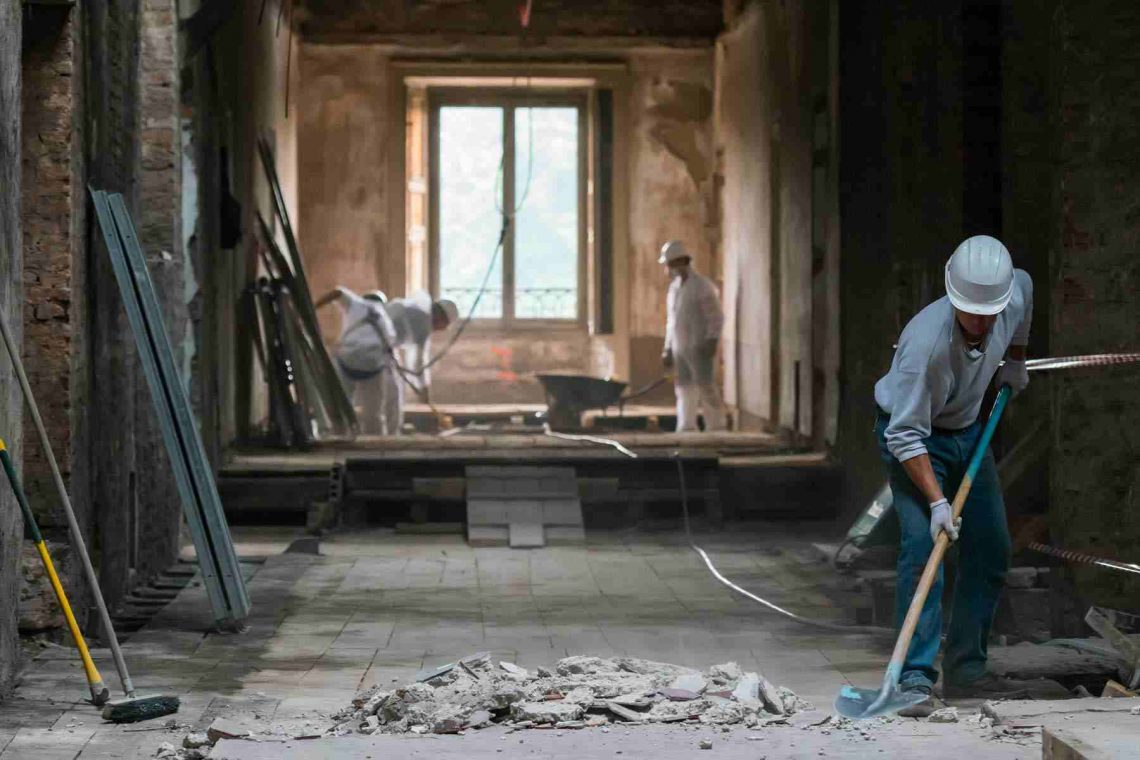After experiencing a disaster like a flood, fire, or storm at home, it may be necessary to repair the damages to make it safe and habitable for staying once again. This article outlines tips to follow for post-emergency home restoration repair and how to stay safe while at it.
Let’s dive in.
What Is Emergency Restoration?
Emergency restoration services are the steps taken to repair and rebuild things destroyed at home during the disaster. In simple terms, it is the process of restoring the home to its original state before the natural disaster.
When to Seek For Disaster Restoration Assistance
After discovering that there are damages from natural disasters like fire, flood, or tornadoes, it is crucial to contact emergency restoration services immediately. Do not assume the magnitude of the damage, whether too small or large, to seek help.
Most emergency restoration companies will provide a quick disaster response procedure. Therefore, it is vital to get an expert opinion on how to go through the process. Check the steps below for a safe, quick, and correct post-emergency home restoration process.
Confirm The Safety Of the People Involved
After the emergency has subdued, take a quick record of everyone involved in the emergency. Evacuate anyone involved and make sure everyone is taken care of according to the extent of injuries. For more pronounced cases, call 911 to get professional assistance and perform first aid to less injured individuals if there are any.
Ensure Personal Safety
Before embarking on any task, ensure personal safety by wearing protective gear, including safety glasses and boots. Then, with the help of a disaster restoration professional, assess the home structure before going in. If the expert advises against going in, it is best to stick to that instruction and wait.
Once the home is confirmed structurally safe, start the restoration with a team to help remove things quickly.
Keep The Home Dry
After removing necessary things, the next step is to drain excess water from the home. This is important because the longer water stays in the house, the more it will add extra damages like developing mold along the surfaces and structure like the plumbing system. Dry everything as quick as possible to limit the damages and start the restoration process
Remove Damaged Items
Some materials may be ruined beyond repair. Remove items that are damaged beyond restoration, like waterlogged books and halfway burnt materials. If the disaster affected more than the home, it is advisable to seek curbside pickup services since most local authorities help people restore their homes.
Also, separate items can be restored. Take them outside, clean them, and leave them there to dry. Replace these items after the room is completely repaired.
Clean As Much As Possible
The dust, soot, and mud will need to be removed from things that can be kept and reused. Clean walls, windows, and floor, and set up a fan for quick drying-replacing carpets and furniture before the house is arid can lead to mold development. Only replace items after confirming everything is dry.
Conclusion
Repairing a home after a disaster can be a challenging task. However, with the assistance of an emergency restoration services expert, it can be a safe and easy undertaking. First, ensure personal safety, keep the home dry, remove damaged items, clean as much as possible, and ensure the house dries entirely before replacing things.


